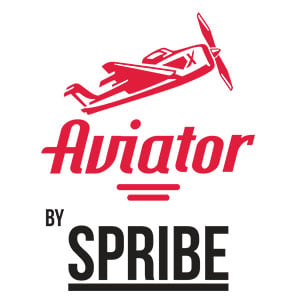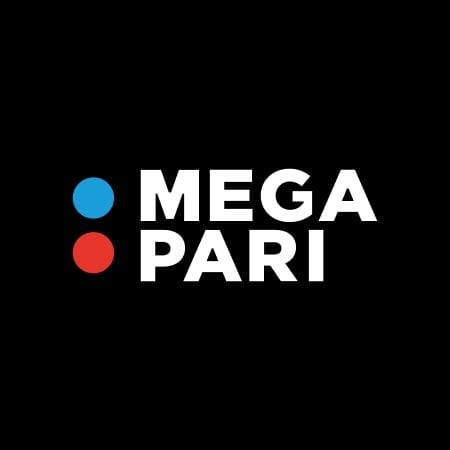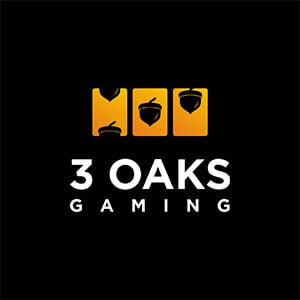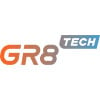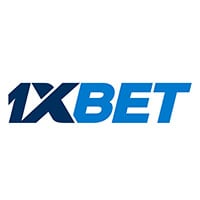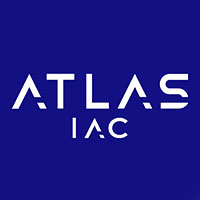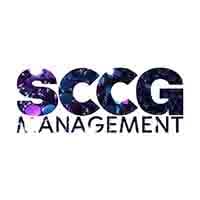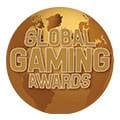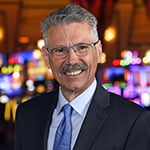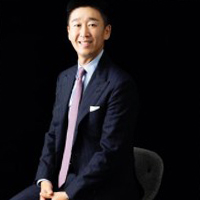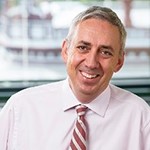It has been well documented that the sustainable success of Las Vegas over the past 20 years has been due to the rise of non-gaming revenues, which now account for 64% of the total. Indeed, even with recent declines, Macau’s gaming revenues are over six times those of Las Vegas, but their non-gaming revenue is under 10%.
Developing the non-gaming offering has proved the saviour of Vegas, but this has not been easy or straightforward and the lessons of the operators here are worthy of some detailed examination.
THE STARBUCKS PHENOMENON
There are more than 30 Starbucks coffee shops on the four miles of the Las Vegas strip. The latest, if blogs are to be believed, will be near the front of the Cosmopolitan. If he stood at the front of this unit, Tiger Woods could probably drive a golf ball into three, and possibly four other units serving Seattle’s favourite coffee, pastries and sandwiches.
Starbucks has done well out of Las Vegas and the alignment is obvious. Visitors – whether convention customers with limited time or tourists looking to log on to the free wi-fi – want their coffee the way they like it. Starbucks is the ubiquitous brand that helps in low-impact decision-making and is no more than a couple of hundred yards away from heavy population centres in every major city, always ready to meet the customer needs.
However, the roots of Starbucks’s dominance on mass-market Strip customers are not their own and one needs to look back 30 years to see the beginning of the brand story.
THE RIVIERA
Dr David Schwartz of the UNLV Center for Gaming Research calls it the “Burger King Revolution”. In 1984 the then general manager of the Riviera looked out of his window at the juxtaposition of the offer of a $2.99 buffet at Circus Circus and the line that formed outside the standalone McDonald’s unit that had opened on the Strip. He concluded that, from the customer’s perspective, the value proposition provided by a branded burger sold at a premium was greater than a subsidised buffet. On this basis, how could the Riviera capture the customers who had walked outside Circus Circus for lunch, and get them to come in to the Riv?
The GM, Jeff Silver, approached Burger King, and against the wishes and instincts of casino executives, gaming commissioners and industry experts, opened a Burger King at the front of the Riviera Hotel. This was the first fast food franchise to open in a Las Vegas casino and within 12 months was the highest grossing Burger King in the company’s portfolio.
In 2015 White Castle, purveyor of square burgers in a white bread bun, opened their first branch in Las Vegas, but within 24 hours it had closed its doors. Not for violence or construction issues, but with an estimated 4,000 visitors per hour, the unit had simply not anticipated demand and had run out of stock.
FOOD AND BEVERAGE
In 2007, the average Las Vegas visitor spent $254.49 on food and beverage, but by 2014, this had increased to $281.88. In a period where expenditures of lodging and gaming budgets had fallen 27.3% and 4.6% respectively, the increase in F&B spend of 10.8% is quite remarkable.
In further analysis between the expenditure of the ‘gaming visitor’ and ‘non-gaming visitor’, the gaming visitor’s non-gaming expenditure had risen from $139.41 to $147.96, but the non-gaming visitor has risen from $201.15 to $254.60. Put quite simply, the non-gaming visitor’s budget is increasing faster.
Breaking this down further, per available room, food sales total $34.24 per day and beverage sales total $20.82. So where the ADR of the Las Vegas hotel room in 2014 was $116.73, the spend on F&B was $55.06 – slightly over 47% of room rate.
At the last count, there were more than 700 food and beverage options on the Las Vegas Strip.
OPERATING MODELS
There are three operating models for food and beverage on the Strip. The first is the fully leased model, where the retailer leases the space from the casino resort or landlord and operates independently. Secondly is an incentivised lease, where there is an outsourced model where there are opportunities for shared revenues, so a retailer may have a rent, a turnover provision and a management agreement, and points of revenue are carved out across the operating business. The final model is where the casino operator operates the food and beverage outlet.
Of course there are various advantages and disadvantages to each of these. Steve Wynn makes a point that his businesses have always operated their own food and beverage – and that the non-gaming revenue has historically been higher than their gaming revenue. But that comes with operational risk, higher costs and the inability to bring in brands that customers have resonance with.
On the other hand, other properties have been able to bring in external brands that their customers value and align with the property. The likes of STK at the Cosmopolitan, Gordon Ramsey at Caesars and Yardbird at Venetian have all been great successes, with the resorts gaining increased visitation, revenue and brand equity through alignment, without taking operational risk or making significant expenditure.
For those of us who study strategic marketing in Las Vegas, this is a fascinating area.

STRATEGIC COMPETITIVE ADVANTAGE
As regular readers will note, my core work is on strategic competitive advantage within casino resorts, for which there are two factors – location and loyalty.
Assuming location is nothing that a management team can change once the asset has been built, the challenge for management is in building customer loyalty.
However, the core product of gaming is not differentiable by price and in any meaningful way by product. Indeed, in the rooms and customer experiences, all the major operators offer similar customer-centric experiences. In the area of functional loyalty, customers are loyal to particular aspects, experiences and brands that they identify with.
As we notice with the Riviera back in 1984, certain customer segments want brands, which reinforce pre-conceived experiences and allow for an instant alignment for the customer to relate to in the crowded Las Vegas market.
The food and beverage offering is one of the key ways in which operators can differentiate their offering. Research suggests that 60% of Las Vegas visitors see the range of dining options as either key or important in influencing their decision of where to stay when in Las Vegas.
THE DILEMMA
Caesars’ new Linq hotel has seen a successful relaunch, with increased occupancy and rates that average at more than $100 per night. The Linq promenade has been an experiment of bringing brands for the millennial customer into one place. Some original, like Guy Fieri’s diner and Purple Zebra, but others like Yardhouse, Flour and Barley and, of course, Starbucks have supplemented this range.
With over 40 million visitors, Las Vegas is certainly the place to be for entertainment and there is a proven market for global food and restaurant brands ready to advance on Las Vegas, not just in the low-impact decisions such as fast food and coffee, but the F&B super-brands and celebrity chefs that feature in all the places that the chic set likes to frequent. Moreover, it is clear that by bringing in the external brands, this is an easy win for the operators.
For every Burger King and White Castle, Nikki Beach, Bagatelle and the entire SLS prove that a strong brand does not guarantee instant success. However with alignment, it certainly de-risks the operation.
For me, Las Vegas has flourished because it is a hub of innovation and uniqueness where the high margin gaming revenue has allowed developers’ imaginations to run riot and people to take risks – where else can you dine with Picasso paintings or overlooking a fountain that dances to Sinatra?
Without the creation of these unique and special experiences, Las Vegas will just become another corporate shopping mall, with the best of the rest coming to town to scoop up a bit of the action.
Originality works when you understand your customer. Look at Downtown Las Vegas, with Oscar’s at the Plaza and Siegel’s 1941 at the El Cortez, which note their customer’s needs and play to the strengths of the properties in question.
Since moving to Las Vegas, I have been working with operators to understand their market and customer and help develop appropriate strategies for competitive advantage. Las Vegas of 2015 is very different from Las Vegas of 1984.
My message to operators is this: by developing a unique brand and experience, you are creating a real strategic advantage for you and your business in this most competitive of environments. It is worth the effort. Except in the area of coffee – people just want Starbucks.
Oliver Lovat leads the Denstone Group, which offers strategic advice and consultancy on customer-facing, asset-backed investment, with a focus on casino resorts. He is a Fellow of the Royal Institution of Chartered Surveyors and visiting faculty at Cass Business School in London. He is based in Las Vegas and can be contacted at [email protected]











